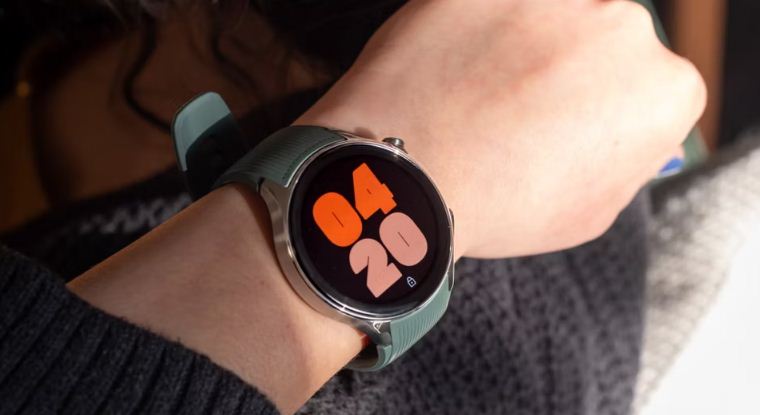In the ever-evolving landscape of technology, the collaboration between industry giants can often pave the way for groundbreaking advancements. Such is the case with the partnership between Google and Samsung, which led to the revival of the Wear OS platform with the introduction of Wear OS 3. This strategic alliance, announced in May 2021, marked a pivotal moment in the smartwatch industry, rescuing Wear OS from the brink of irrelevance and breathing new life into the wearable technology market.
The resurgence of Wear OS was further solidified two years later, at the I/O 2023 event, where Google and Samsung unveiled the innovative Watch Face Format (WFF). This new declarative XML format revolutionizes the process of designing smartwatch faces, offering developers a more efficient and user-friendly tool. While previous methods utilizing the Jetpack or Wearable Support library were still prevalent, the introduction of WFF signals a shift towards a more streamlined and optimized approach to watch face design.
One of the key advantages of the Watch Face Format is its enhanced performance and improved battery efficiency. The simplicity of the format allows for smoother operations and reduced power consumption, addressing common concerns associated with smartwatch battery life. By encouraging developers to adopt WFF for their future Wear OS releases, Google aims to maximize battery savings and provide users with an optimized experience across various Wear OS devices.
Despite its numerous benefits, the Watch Face Format does come with certain limitations when compared to older design formats. These limitations may pose challenges for developers accustomed to existing methodologies, requiring a period of adjustment and adaptation. However, the long-term benefits of using WFF, particularly in terms of battery optimization and performance enhancements, outweigh these initial hurdles.
The mandatory integration of WFF in future Wear OS releases signifies a significant step towards standardization and efficiency within the smartwatch ecosystem. This move not only ensures a consistent and high-quality user experience across different Wear OS devices but also paves the way for innovative advancements in wearable technology. For hybrid Wear OS wearables like the OnePlus Watch 2, the utilization of the Watch Face Format will be instrumental in maximizing battery life and enhancing overall device functionality.

